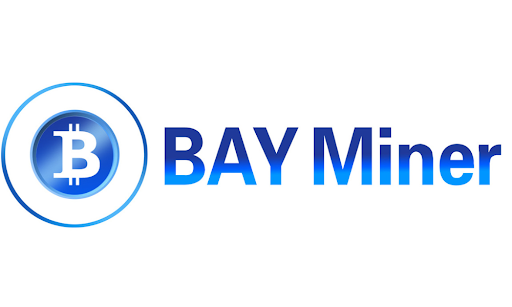Ethereum Founder Compares Visa Decentralized Beginnings To Current Web3 Organization Trends

Vitalik Buterin recently analyzed Visa's historical transformation from decentralized cooperative to centralized corporation. The Ethereum co-founder drew direct comparisons between Visa's early organizational structure and modern decentralized autonomous organizations. According to Bitcoin Ethereum News, Buterin examined how Visa shifted from member-owned governance to profit-driven shareholder control.
Buterin's analysis addressed common criticisms of Visa's current operations. Many cryptocurrency advocates view Visa as extractive due to high transaction fees and transaction blocking capabilities. The payment network originally operated as a member cooperative before transitioning to a publicly traded company focused on shareholder returns.
Why This Development Matters For Crypto Communities
This comparison arrives during intense debate over DAO governance sustainability and centralization risks. Buterin's observations question whether decentralized organizations can maintain their founding principles as they scale. AInvest reports that critics note centralized institutions maintain scalability advantages while DAO proponents argue maturing technology will address governance gaps.
The timing coincides with stablecoin adoption reaching unprecedented levels. Payment data shows $3.3 trillion in on-chain stablecoin transactions during July 2025 alone. Market projections estimate $5 trillion in annual stablecoin settlements by 2026, directly challenging traditional payment networks including Visa and Mastercard.
Broader Industry Implications For Payment Systems
The analysis reflects growing tensions between blockchain decentralization ideals and financial system centralization trends. CryptoSlate data reveals stablecoins processed $27.6 trillion in transfer volume during 2024, exceeding combined Visa and Mastercard transaction volumes by 7.68 percent.
Major financial institutions now recognize stablecoin competitive pressure. TreasuryUp reports that JPMorgan expanded its JPM Coin platform, while Bank of America CEO Brian Moynihan indicated readiness to launch dollar-backed stablecoins pending regulatory clarity. Japan's three largest banks joined Project Pax to integrate stablecoins with existing SWIFT messaging systems.
Visa has responded by embracing cryptocurrency integration rather than opposing the sector. The company piloted Circle's USDC stablecoin for Ethereum settlements and expanded pilots to Solana networks. These moves demonstrate traditional payment networks adapting to blockchain competition while maintaining centralized control mechanisms.
Further Reading
For those interested in decentralized governance structures, our comprehensive DAO tooling guide provides detailed analysis of over 100 platforms and tools used in decentralized governance. The guide examines various approaches to maintaining decentralization while achieving operational efficiency.





